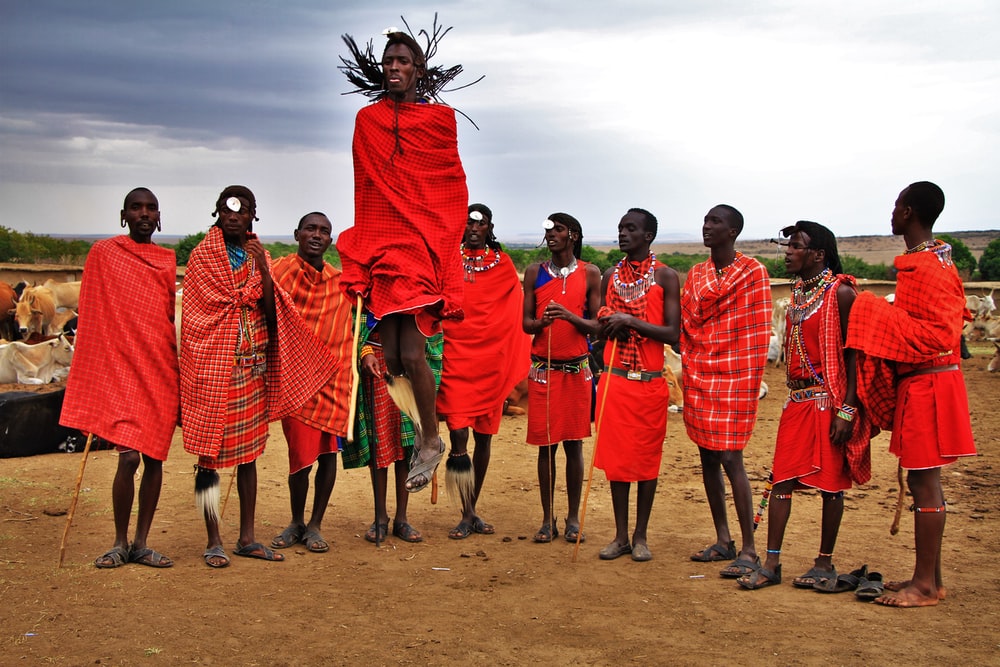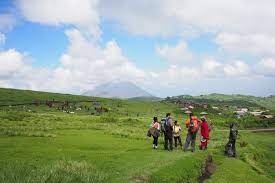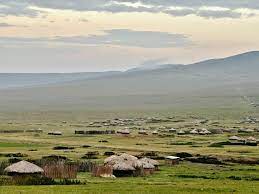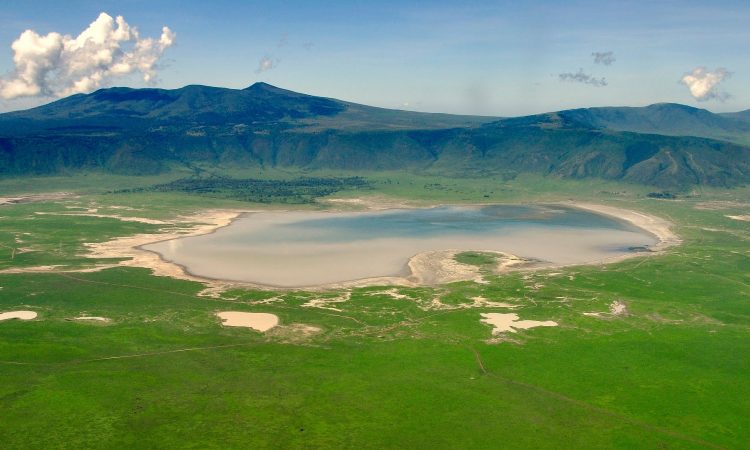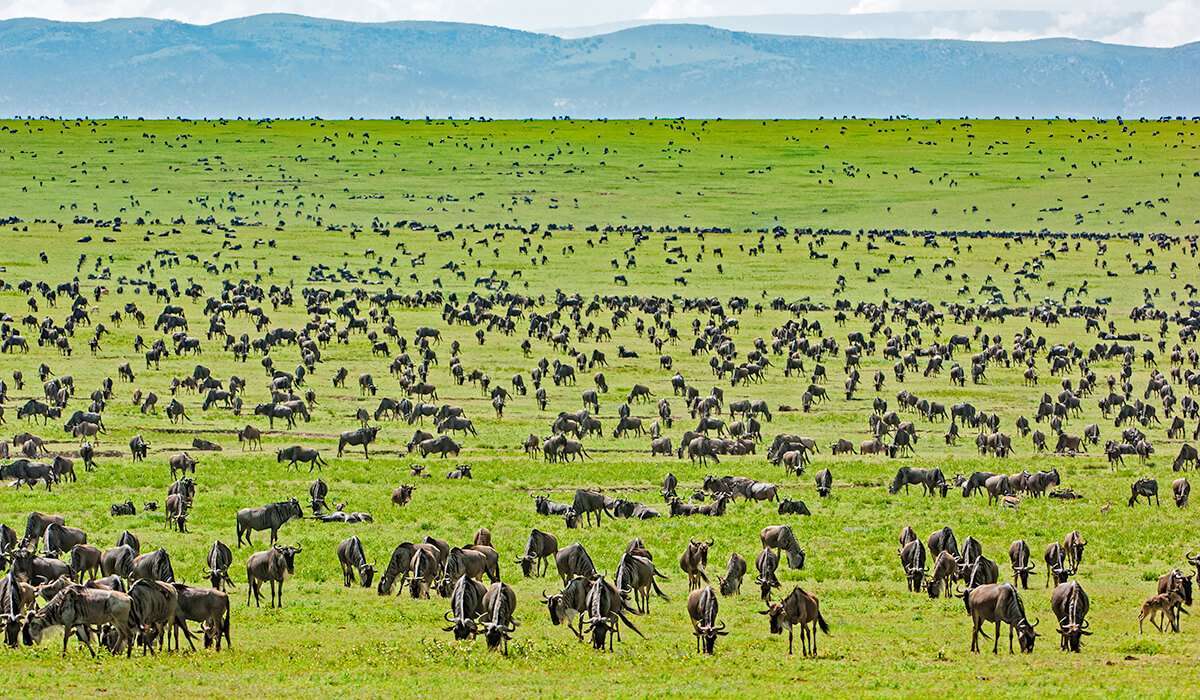THE MASAI CULTURE
The Maasai, also spelled Masai or Maassai, are nomadic herders who migrated from northern Africa to East Africa around the 16th century. This prominent ethnic group in East Africa currently resides in the Arusha region, spanning southern Kenya and northern Tanzania, with approximately 1,000,000 Maasai divided equally between the two countries.
Traditionally, the Maasai were renowned as warriors and shepherds, with their culture centered around cattle. They believe that Ngai, the rain god, entrusted them with all the cattle on earth, leading to their deep reverence for these animals. Even today, cattle remain integral to their diet, providing meat, milk, and blood for their protein and caloric needs. The mixture of milk and blood is a cherished Maasai specialty.
While their diet primarily consists of animal products, Maasai living outside protected areas often engage in agriculture for additional income, cultivating crops such as wheat, corn, beans, tea, and potatoes, which they typically purchase from other tribes.
Social organization among the Maasai is based on age groups of males, with transitions between groups marking significant moments in a man's life and reputation, often tied to the number of cattle and wives he possesses. Ceremonies, including the controversial practice of female circumcision, are central to Maasai life.
Traditional Maasai dwellings are constructed from a mixture of clay and manure, with round or rectangular structures depending on the region. Cooking and heating are done using an open fire inside the house.
The Maasai primarily communicate in their own language, Maa, which belongs to the Nilotic language group, but many also speak Swahili, which they have learned in schools since the 1960s.
Despite embracing aspects of modern life, such as education, technology, and urban culture, the Maasai remain committed to their traditions. They have capitalized on tourism, with some villages, like Laizer and Leronjo, receiving approval from the Tanzania Cultural Tourism Programme to host foreign visitors since April 2009. These villages understand the needs and preferences of tourists and offer authentic cultural experiences.

 PAY NOW
PAY NOW